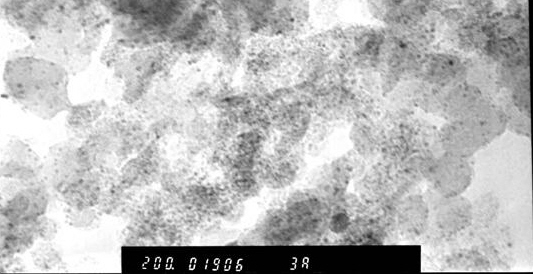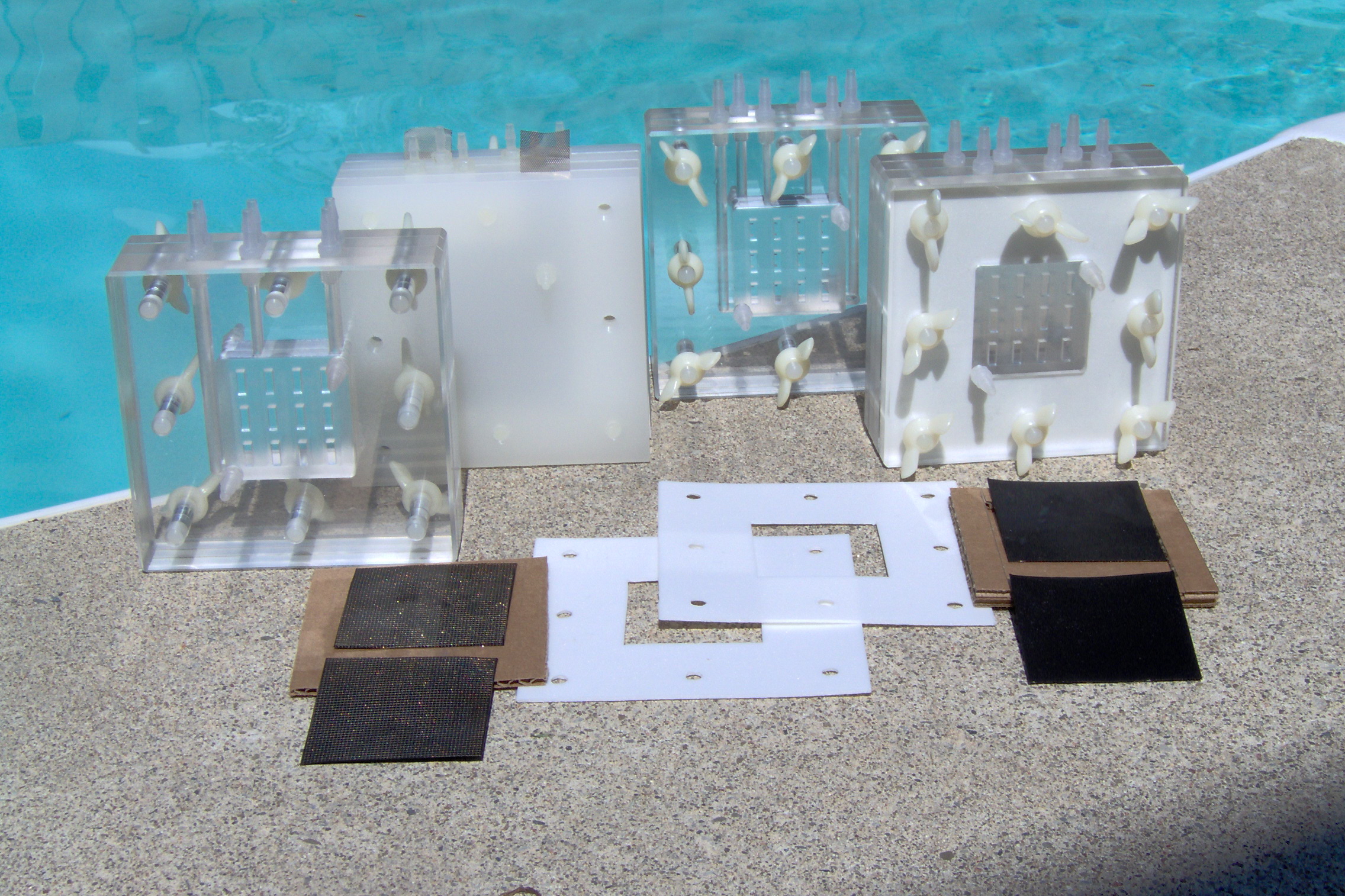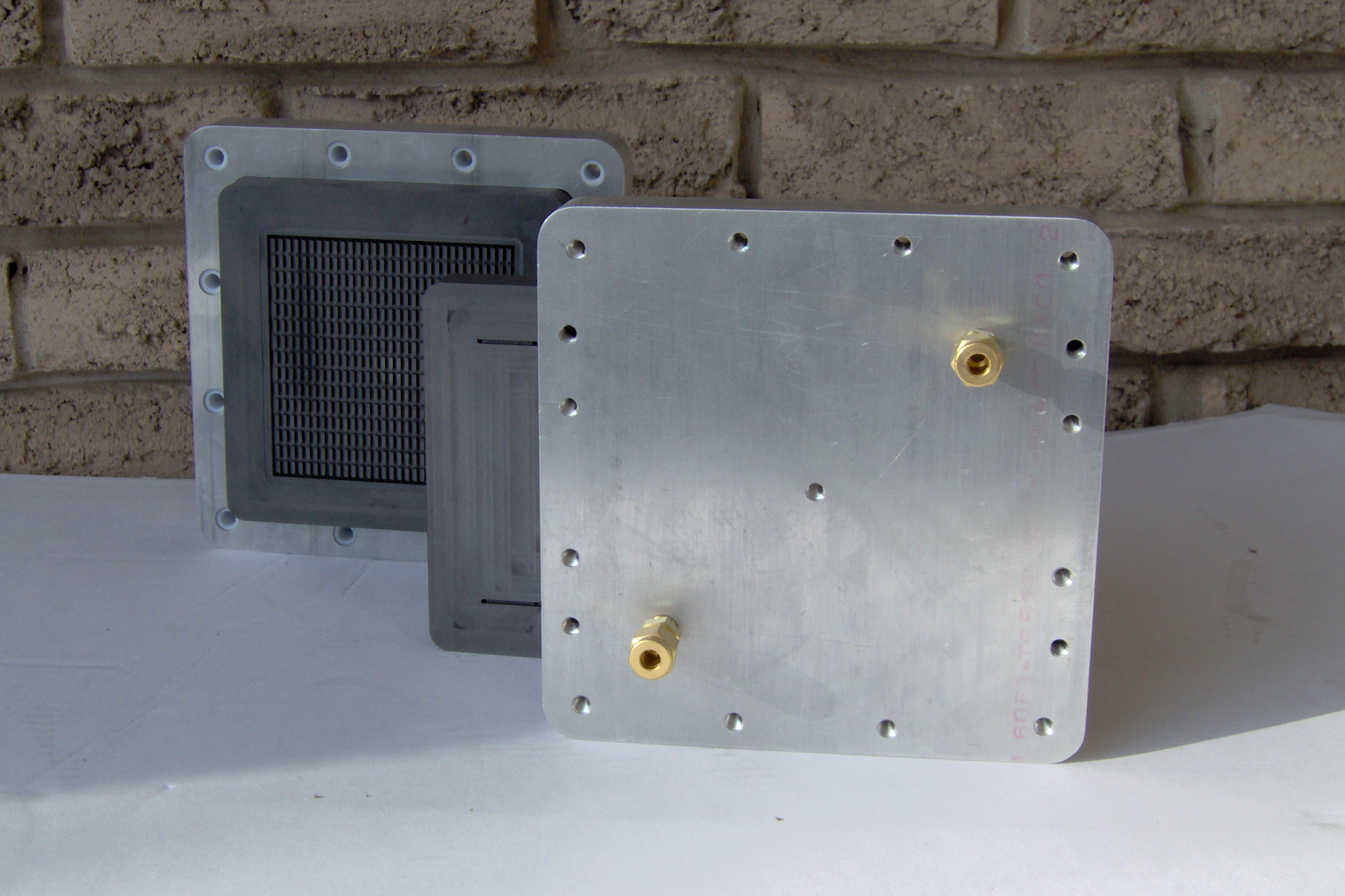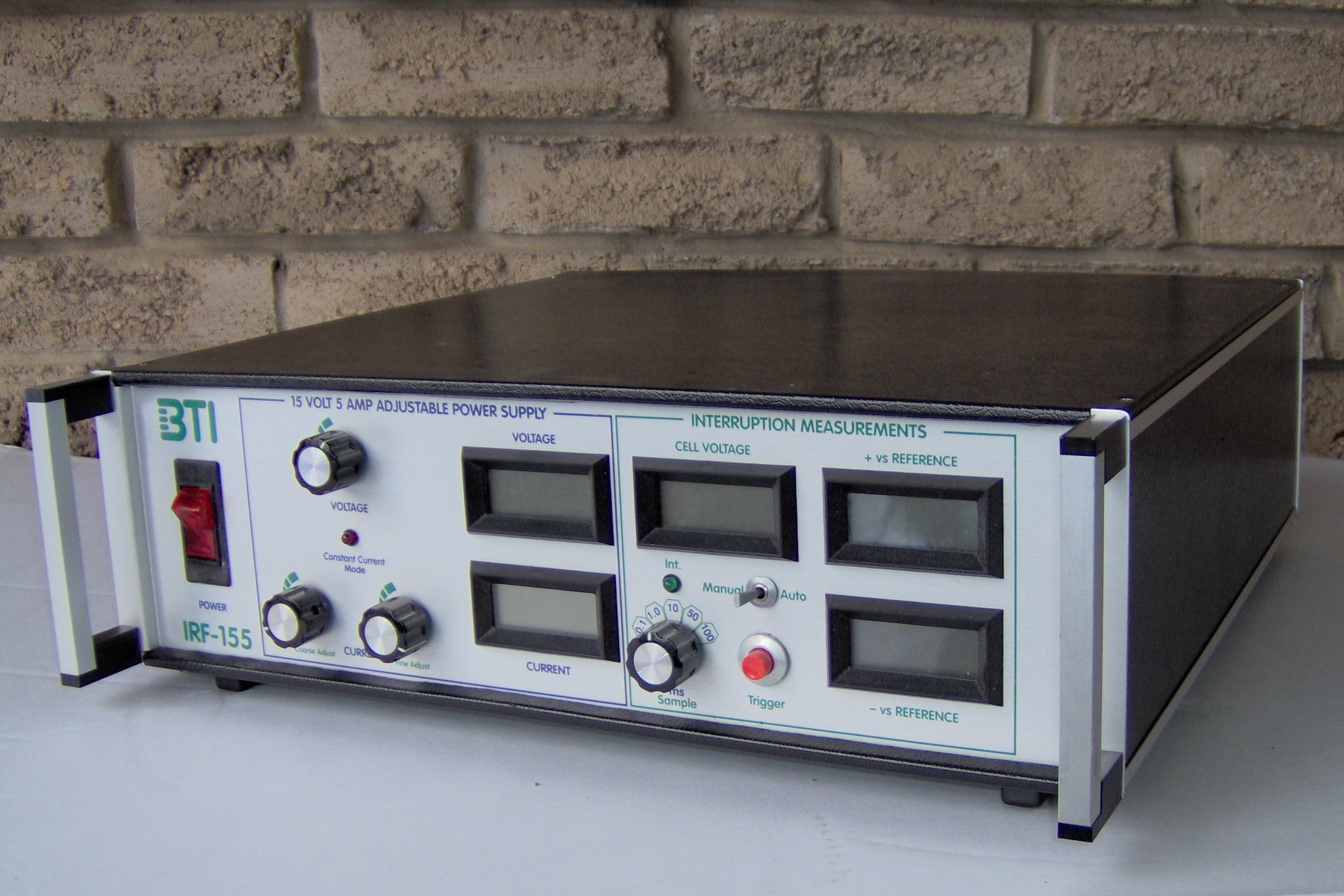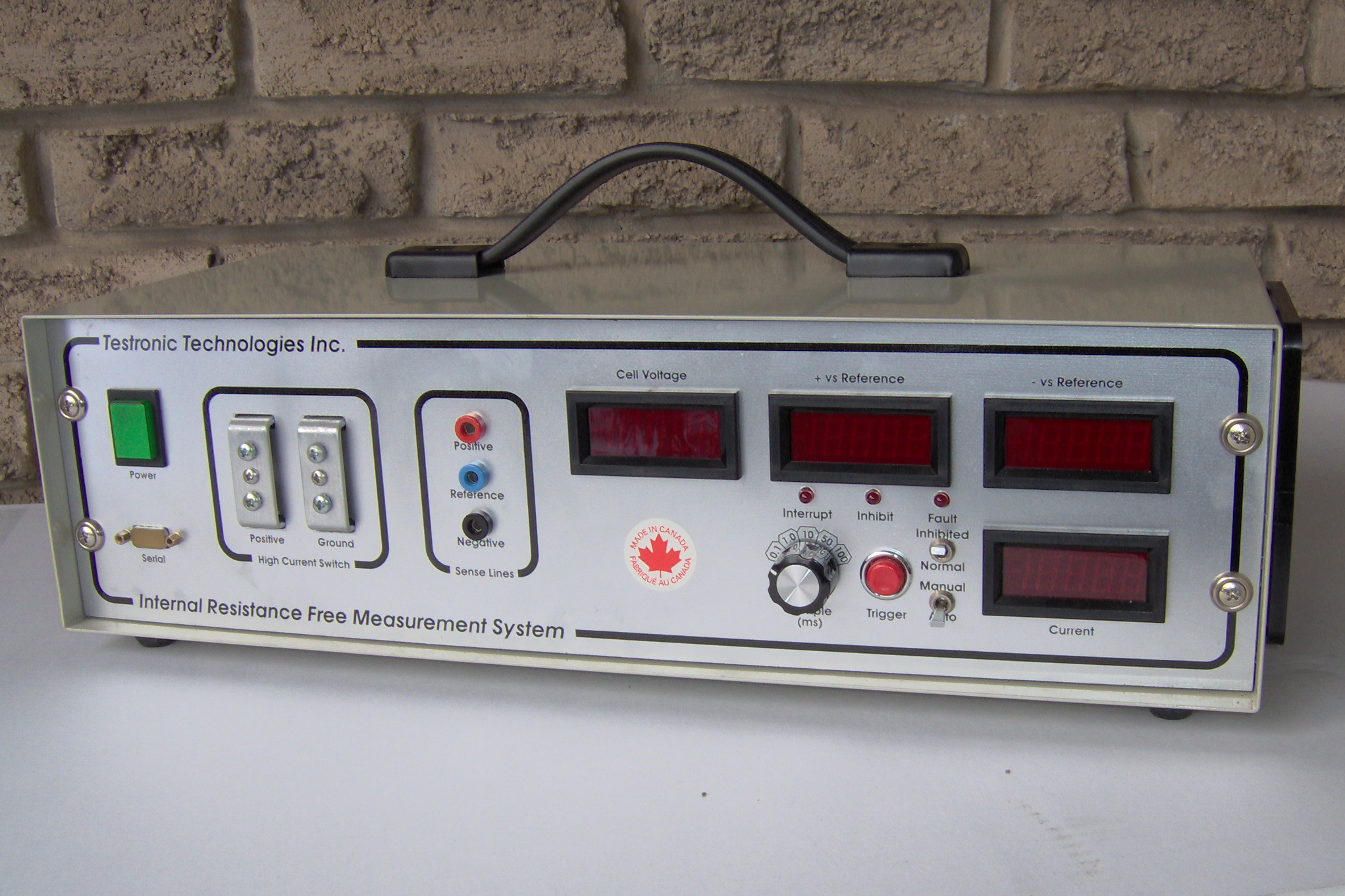Rosecreek Technologies Inc. Products List
RTI provides a number of products and services. Please click on any of the following categories for more details.
ELECTROCHEMICAL PRODUCTS
![]() Gas Diffusion Electrodes
Gas Diffusion Electrodes
![]() Noble Metal Fuel-Cell Catalysts
Noble Metal Fuel-Cell Catalysts
![]() Other Catalysts (Silver, CoTMPP)
Other Catalysts (Silver, CoTMPP)
![]() Nanosize and Ultrafine Powders
Nanosize and Ultrafine Powders
![]() Universal Acrylic Gas Diffusion Electrode Test Cell
Universal Acrylic Gas Diffusion Electrode Test Cell
![]() Universal Graphite Gas Diffusion Electrode Test Cell
Universal Graphite Gas Diffusion Electrode Test Cell
ELECTRONIC PRODUCTS
SERVICES
Contact: klaus_rti@hotmail.com or info@rosecreek-tech.com
|
|
|
|
|
|
|
|
|
|
|
|
|
|
|
|
|
|
|
|
|
|
|
|
|
|
|
Back to Products & Services List
|
Catalyst Type |
Unit Price Per Gram |
||
|
|
Group A (Platinum, Palladium) |
Group B (Gold, Rhodium, Ruthenium) |
Group C (Platinum/Ruthenium, 1:1 atomic, Heat-Treated) |
|
Black Pearls 2000 |
|
|
|
|
Black Pearls 2000 |
|
|
|
|
|
|||
|
|
|||
|
|
|||
Back to Products & Services List
|
Catalyst Type |
Unit Price Per Gram |
||
|
|
Group C (Silver) |
Group D (CoTMPP, Heat Treated) |
|
|
Black Pearls 2000 |
|
|
|
|
Black Pearls 2000 |
|
|
|
|
|
|||
|
|
|||
|
|
|||
Back to Products & Services List
|
Description |
Particle Size [nm] |
Lot Size [g] |
Price |
|
|
8-10 |
|
|
|
|
8-10 |
|
|
|
|
8-10 |
|
|
|
|
8-10 |
|
|
|
|
8-10 |
|
|
|
|
8-10 |
|
|
|
|
8-10 |
|
|
|
|
8-10 |
|
|
|
|
|||
|
|
|||
|
|
|||
Back to Products & Services List
|
What is it? |
The acrylic test cell is an electrochemical reactor suitable for the evaluation of porous electrodes and gas diffusion electrodes as used in fuel cell and electrosynthesis applications. The components of the test cell are selected to ensure stability in presence of a variety of corrosive electrolytes as well as gaseous and liquid reactants. The cell allows the use of a membrane and is equipped with separate anolyte and catholyte loops. Two Luggin capillaries are included to determine the potential of the working electrodes. In total the cell can be utilized with up to four different fluid systems. The modular design also enables the use as half cell by merely omitting the appropriate frames from the assembly. The design allows maximum flexibility to the user to permit investigations of electrochemical processes and evaluation of electrodes at room temperature. Applications range from electrode testing for fuel cell, battery and electrosynthesis R&D to QC. |
|
How does it work? |
The unit is designed to contact the two test electrodes via a metal contact plate. The fluid spaces of the endplates contain ribs which act as physical support preventing electrode buckling. The separate anolyte and catholyte frame allow the use of two electrolytes as well as investigations of membranes. Two Luggin capillaries allow the simultaneous monitoring of both working electrodes. The standard active electrode area is 25cm2 Off the shelf and tailor made gas diffusion electrodes can be supplied as well. |
|
|
|
|
|
|
|
|
|
Back to Products & Services List
|
What is it? |
The graphite test cell is an electrochemical reactor suitable for the evaluation of porous electrodes and gas diffusion electrodes as used in fuel cell and electrosynthesis applications. The components of the test cell are selected to ensure stability in presence of a variety of corrosive electrolytes and reactants. The design allows maximum flexibility to the user to permit investigations of electrochemical processes and evaluation of electrodes under various ambient conditions. The temperature control options are designed to extend the cell operation up to 100°C or 200°C respectively. Applications range from electrode testing for fuel cell, battery and electrosynthesis R&D to QC |
|
How does it work? |
The unit is designed to contact the two test electrodes in a bipolar arrangement via graphite ribs which act as physical support and provide access to the reactant fluids. The electrolyte can be incorporated as membrane, immobilized in a suitable matrix or as a liquid. An optional reference electrode can be incorporated. The standard active electrode area is 100 cm2 Off the shelf and tailor made gas diffusion electrodes can be supplied as well. |
|
|
|
|
|
|
|
|
|
Back to Products & Services List
|
What is it? |
The internal resistance free measuring system (IRF) is a unique tool for use in electrochemical research and development as well as process investigations requiring the elimination of the Ohmic internal resistance from the circuitry. RTI's line of IRF instruments is designed to enable the accurate determination of internal resistance free electrode potentials versus a reference electrode as well as cell potentials. Applications include investigations of electrochemical reactions, energy conversion processes, battery and fuel cell performance and longevity, electrolysis, electrosynthesis and electroplating. IRFs are invaluable tools in the determination of polarization curves, monitoring long term electrode performances, evaluating electrochemical systems and optimizing reactor designs. |
|
How does it work? |
The IRF instruments utilize a current interrupter circuit enabling the elimination of the IR from galvanic systems. Key features include:
|
|
Specifications: |
|
|
Features: |
IRF-PS155AL is a compact IRF unit incorporating a 15V, 5A power supply with constant voltage and constant current capability as well as a 7.5V, 2.5A active load within one instrument and is available off the shelf IRF-2510 up to IRF-60100 units are custom built and are designed for use with external power supplies and active load units |
|
|
|
Back to Products & Services List
|
|
|
|
|
|
|
|
|
|
|
|
|
|
|
|
|
|
Back to Products & Services List
|
|
|
|
|
|
|
|
|
|
|
|
|
|
|
|
|
|
|
|
|
Copyright © 2024 Rosecreek Technologies Inc. All Rights Reserved.
